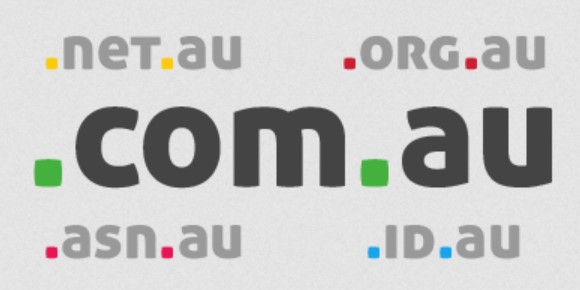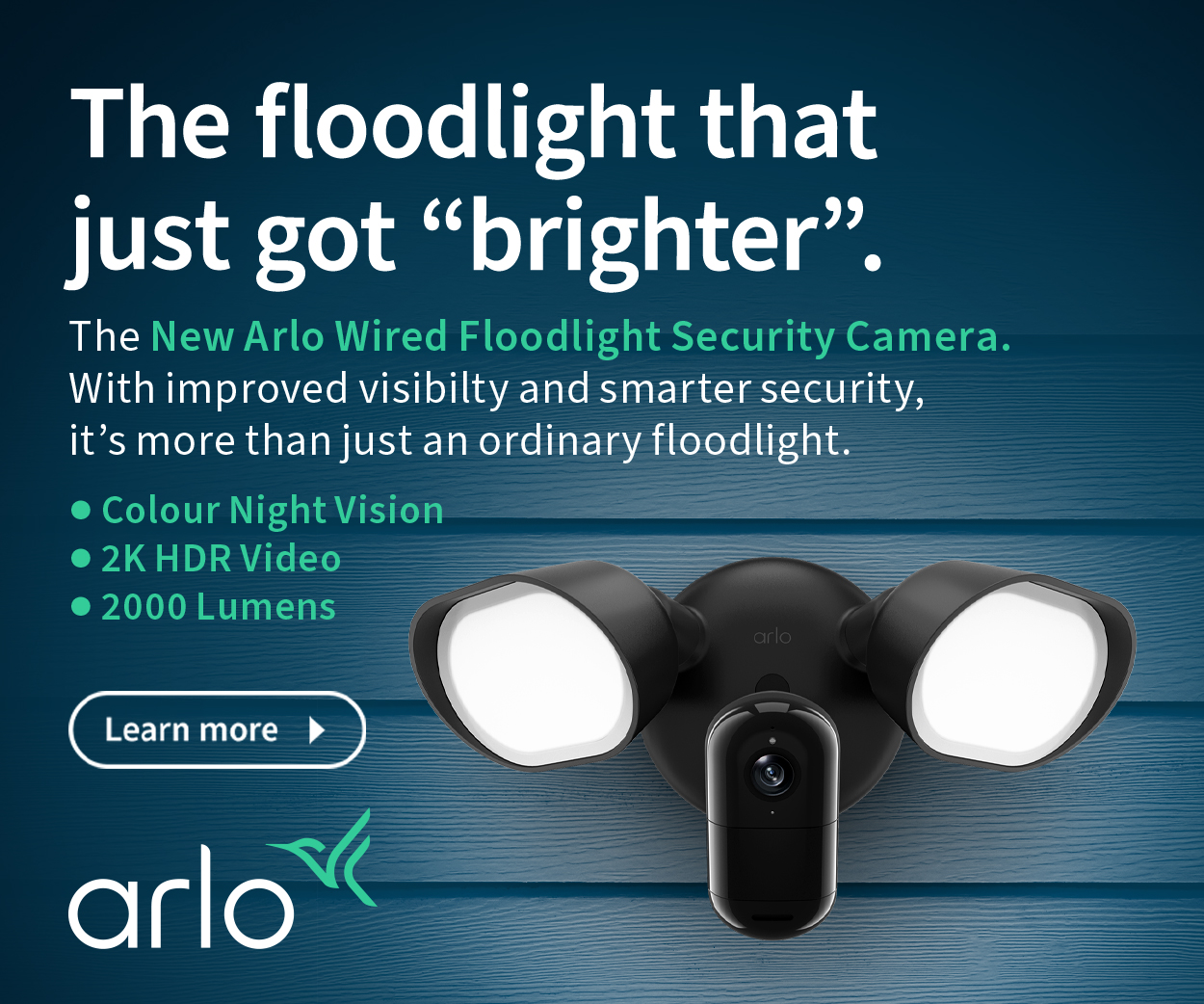Want your own email domain? It is easy

It is easy to set up your email domain and be independent of your NBN reseller. As TPG et al., users found when it unceremoniously dumped their email users.
For the backstory, read TPG/iiNet/Internode/Westnet will jettison its email users.
An email address is highly personal; some users have had TPG and its subsidiary email addresses for 20-30 years. They must take up an open-ended offer to transfer to TMC, an unknown email provider, at an undisclosed cost to retain all their emails and address. A pig in a poke!
Our advice is always to have an email address independent of your internet provider.
I set mine up in the early ’90s ([email protected] – not my actual address) and would probably commit Harikari if I lost it.
How to get your own email domain address
It is easy to do and relatively low cost. I spoke at length with Robert Sandali, Director of Sydney-based Fantel that I have used since 1993 to host domains. But it does so much more for consumers and businesses – NBN, VoIP, email-hosting, web Hosting, and more. I like that I can call 1300 304 288 and be answered by real Australians who are happy to help.
Step #1 – What name?
First, let’s use the name John Smith (sorry, there are millions of those). John wants the smith.id.au domain so he can use [email protected], and his family can all have their names – laura@, sally@, ted@, etc.
Go to the official Whois lookup page and search for your desired domain. Note that in Australia, you can only have:
- .Com.au – For commercial entities, such as companies (with an ABN or ACN as registered through ASIC), and businesses (registered with state governments).
- .Net.au – The second choice if .com.au is not available. For commercial entities, such as companies (with an ABN/ACN as registered through ASIC), and businesses (registered with state governments).
- .Org.au – For charities and non-profit organisations.
- .Asn.au – For incorporated associations, political parties, trade unions, sporting and special interest clubs.
- .Id.au – For individuals who are Australian citizens or residents.
If it is for personal use .ID.au is the way to go.

Poor John can’t win – smith.id.au is taken as are smithy, smithfamily and many permutations. John remembers his long-term nickname – Streak (as he was a runner), and streak.id.au is available.

Step #2 – Buy the domain
Find a domain hosting company (and be quick, as domain names tend to evaporate quickly).
Robert (Fantel) says that is more challenging than it seems. The cheap hosters are mainly US or Asian based, have long ping times (delays up to 2000ms), bill in US dollars, and have limited Australian support – usually only via a web form or chatbot.
In Robert’s words, find a hosting company you can trust. Look for a local help desk and phone number (because you will need it a few times for setup), that is open and honest about monthly fees (billed in A$), has a long history (Fantel since 1993) and owns its infrastructure (so they can fix it).
In round figures, owning a domain name costs about $20 per year (or $35 for two years). That is an ongoing cost – don’t pay and lose it. Many web hosting companies charge $10-20 per month – that is blatant profiteering.
Step #3 – Set up email hosting
Now that you own the name, you can use a plethora of email hosting companies. Fantel has a 5-pack of email names for <$10 per month. You can select IMAP (mail is stored on the provider’s cloud server and cached locally) or POP (email is downloaded to your PC or phone – not kept on a server). IMAP is the way to go, as you can log in via a web browser or clients like Gmail or Outlook, and all your email is available on any device. POP is for very security-conscious Tin-hatters on one device (or if they have an email server at home).
The only issue with IMAP is that you may reach your storage capacity (for example, Gmail has 15GB storage). The easy solution is to rent more storage space.
Each hoster will have a different user interface (email client), and most just offer email services. Gmail (free) and Outlook ($5 per user per month) are best if you want a calendar and contacts.
CyberShack’s view – It may be time to get your own email domain
If you have a domain, you can also set up a website. Costs vary depending on traffic), and most consumer websites have very little and are used for family history and photographs. These start at $5 for a single site but may cost extra if you need it set up or things like SSL certificates are required.
Summary:
- Domain name hosting, approx. $20 per year.
- Email 5-pack, say $10 per month or $120 per year.
Or, if you don’t want to pay, read Google Gmail is a safe alternative to your broadband supplier’s email.
Brought to you by CyberShack.com.au







